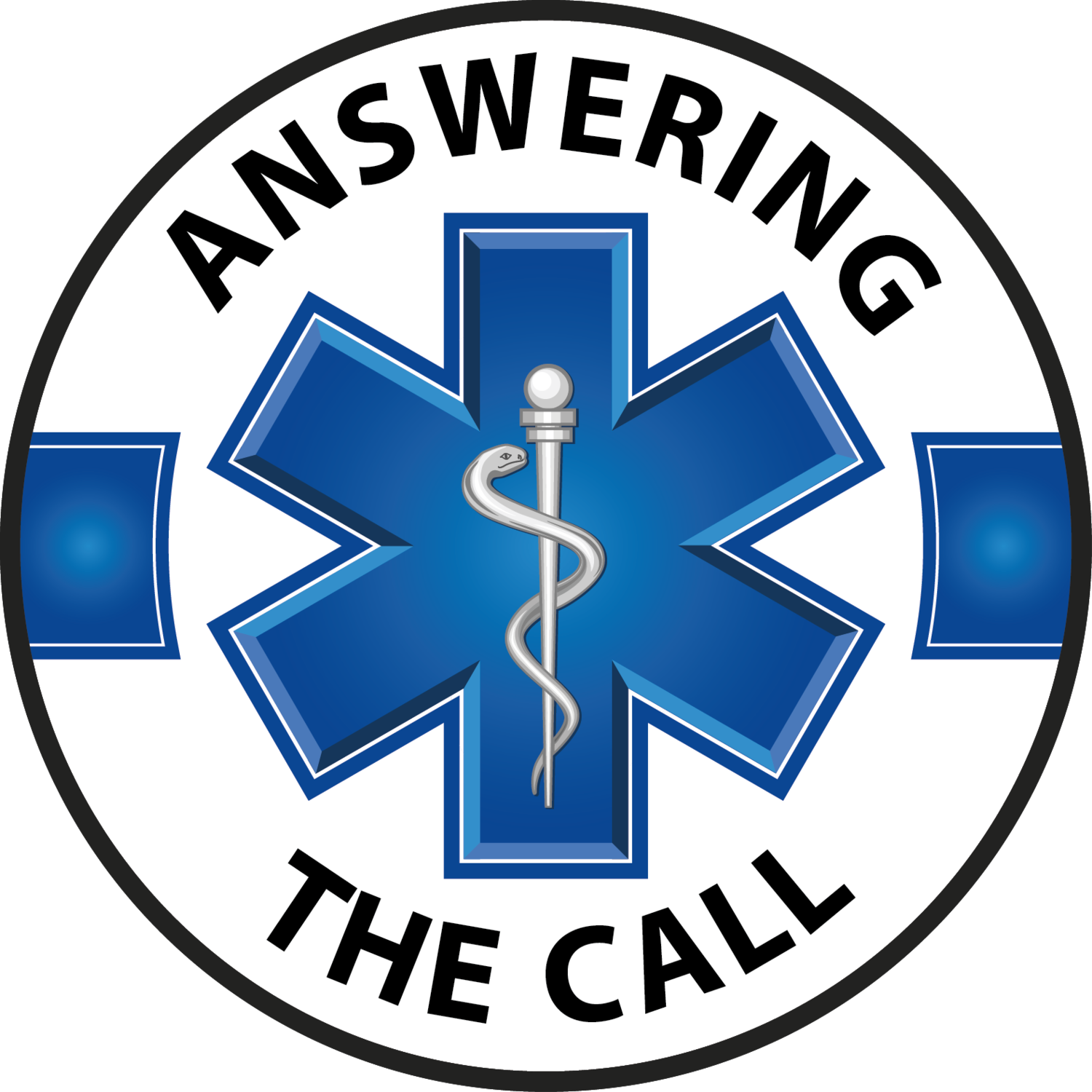a History of Emergency Medical Services
EMS in America can be traced back to the Civil War era. All military personnel had to be examined by medical officers to qualify for duty. Also, ambulances were assigned based on the size of the regiment. Each ambulance team was trained in patient care to better take care of the soldiers. In 1865 Cincinnati incorporated the first civilian ambulance. Then, in 1869, New York City advertised a 30 second response time and provided an Ambulance Surgeon and a quart of brandy for their patients!
During World War I, signal boxes were used by injured soldiers to assist medical teams in locating them in the field of battle. Medical teams also used electric, steam, and gasoline powered carriages for transporting the injured. It was also the first war to utilize traction splints and other medical equipment. After the war, civilian ambulances carrying surgeons were equipped with radio dispatchers to better serve the community.
The transition to what we know as the modern day EMS started during the 1950's as an off shoot of 5 different types of businesses; towing operators, medical equipment companies, funeral homes, hospitals, and police/ fire departments. After many years of being unregulated, funeral homes began patient care and provided nearly half of the country's ambulances.
In 1960 John F. Kennedy declared that "Traffic accidents constitute one of the greatest, perhaps the greatest, of the nation's public health problems". Then in 1966 Lyndon B. Johnson and President's Commission on Highway Safety/National Academy of Sciences declares the carnage "the neglected disease of modern society." Soon after, the National Highway Traffic Safety Act was adopted which standardized EMS training, promoted state involvement, encouraged community oversight, recommended radio communication, and stressed a single emergency number.
Other federal initiatives were put into action that further helped define the EMS program. In 1972 the Heath Services and Mental Health Administration under the Dept of Health, Education, and Welfare became the lead agency for EMS. Also the Physician Responder Program was implemented, which later morphed into paramedic programs and lead to close physician supervision.
1973 brought about the EMS Systems Act. The DHEW established 300 EMS systems throughout the country. The Department of Transportation adapted training curricula for EMT, EMT P, and first responder. Public Law 93-154 established new rules for EMS radio communications. General Services Administration also introduced ambulance specifications. The next step came in 1981 with the Consolidated Omnibus Budget Reconciliation Act which consolidated funding into state preventive health block grants, eliminated funding under EMSS Act, reduced compliance with federal guidelines, and lastly, abolished the federal lead agency.
In 1996 the EMS Agenda for the Future was drafted, which further connected the EMS with the other medical professions. That same year the EMS Education Agenda for the Future was drafted, which provided recommendations for Core content, Scope of practice and Certification of EMS professionals.
EMS Today
It has been nearly four decades since President Lyndon Johnson's Committee on Highway Traffic Safety recommended the creation of a national certification agency to establish uniform standards for training and examination of personnel active in the delivery of emergency ambulance service. The result of this recommendation was the inception of the National Registry of Emergency Medical Technicians (NREMT) in 1970.
Since that time, pre-hospital emergency medical care has continually evolved and improved. The EMT has been acknowledged as a bonafide member of the health care team. Excellent training programs have been developed and a vital focus has been placed on continuing education. National standards have been established. Ambulance equipment essentials have been set. National accreditation of paramedic programs has been achieved, and professional associations for the EMT have been organized.


